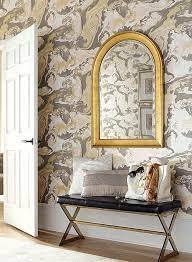Tips to Place The Nautical Wallpaper On Walls

Wallpapering would be at the top of the list of the simplest and least expensive interior design renovation options. The appeal of wallpaper, which initially appeared in the 16th century, has already gracefully returned to home improvement and lifestyle trends. Nautical wallpaper now comes in a dizzying number of thematic and creative designs, genuine grass fabric, and distinctive textures, thanks to more refined processes and material attributes.
Unfortunately, even though it is the most adaptable home renovation method available, applying wallpaper has a number of difficult tasks and disadvantages, especially for novices.
Our post today will start with exploring a few comprehensive aspects of wallpaper applications with a list of tips. Let us get started!
1. Order Wallpaper Samples First.
Not all types of wallpaper, including their colors, patterns, and textures, are appropriate for use in interior design. To match your project’s interior design goals with your vision. Before spending money on the wallpaper, order a few samples first, only to be disappointed. You can test and compare various designs and textures using several wallpaper swatches, which will aid you in making the best choice.
2. Always Place Bulk Orders For Wallpaper
It’s okay to order a few extra rolls of wallpaper then you actually need because unintentional tears, peels, air bubbles, and improper installation are fairly common. However, placing a smaller purchase can just lead to incomplete wallpaper work. In rolls by the square foot, wallpaper is sold. Therefore measurement errors are uncommon.
Therefore, calculate the maximum overhang of each wallpaper strip with the assistance of a professional, and buy no less than 20% square footage than is necessary. You won’t have to worry about mismatched lot numbers with obvious color, texture, or pattern variances when you purchase a lot, which is another advantage.
3. Plugs Should Be Covered
It can be highly risky to apply wallpaper around electrical outlets and switches, especially if the walls are damp. We advise you to turn the electricity off as a general rule. Run a voltage test later with the assistance of an electrician to confirm that no energy is still flowing through the power line.
Cover the electrical sockets and gently cut the wallpaper crosswise around the edges in the middle of the socket or switch the aperture with a cutter knife.
4. Watch Out For Wallpaper Creases
The wrong method, unprepared walls, insufficient soaking time, or work completed in a hurry will cause creases in brand-new wallpaper. When applying the wallpaper, you might want to divide the surfaces into different areas and press a small rubber roller for wallpapering onto the walls from top to bottom and from right to left.
Give the walls enough time to dry after uniformly smoothing out the wallpaper.
5. Consider the shrinkage of the wallpaper
Since wallpaper is typically put wet, novice installers frequently discover that the wallpaper shrank after drying. Even though the shrinkage of the wallpaper may first go unnoticed, you will soon begin to notice the terrifying holes around the corners of your room.
It is preferable to slightly overlap the edges when putting the wallpapers in order to prevent the potential eyesore your wallpapering job may cause. Once the walls have sufficiently dried, you can remove the additional wallpaper.
6. Refrain From Working On Uneven Walls.
Wallpapers have the power to drastically alter any interior design project, making the process of choosing and hanging wallpaper fascinating. If your wall surface is not ready for the process, do not begin. Blotchy wallpaper will only be produced when bumpy, uneven walls are wallpapered.
Therefore, before you begin the process, think about using fine-grit sandpaper to sand the walls and wallpaper priming. Alternatively, to provide a smooth surface and a solid bond between the liner and wallpaper layers, you might apply the lining paper first.
7. Areas With High Moisture Will Need Extra Care
Wallpaper can be installed in moist, condensation-prone spaces like bathrooms and kitchens with the proper equipment and methods. However, you will need to be particularly careful while selecting the type of wallpaper. Wallpaper with paper backing, fabric backing, or solid vinyl backing is a very moisture- and humidity-resistant textural material that is also long-lasting, scrappable, and simple to take down.
If you want to keep the wallpaper from getting damp, you might need to apply additional layers of mold-resistant wallpaper paste. Finally, experts advise coating the wallpaper with acrylic varnish to increase its moisture resistance. But before you make the last stroke, you might get in touch with residential painting service.

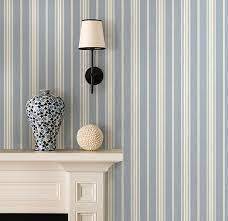

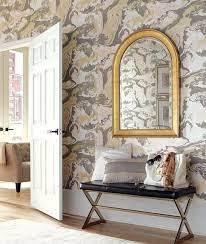
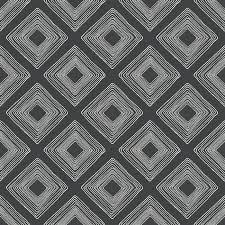
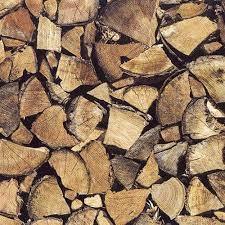
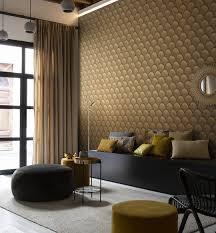



 burkedecorshop
burkedecorshop